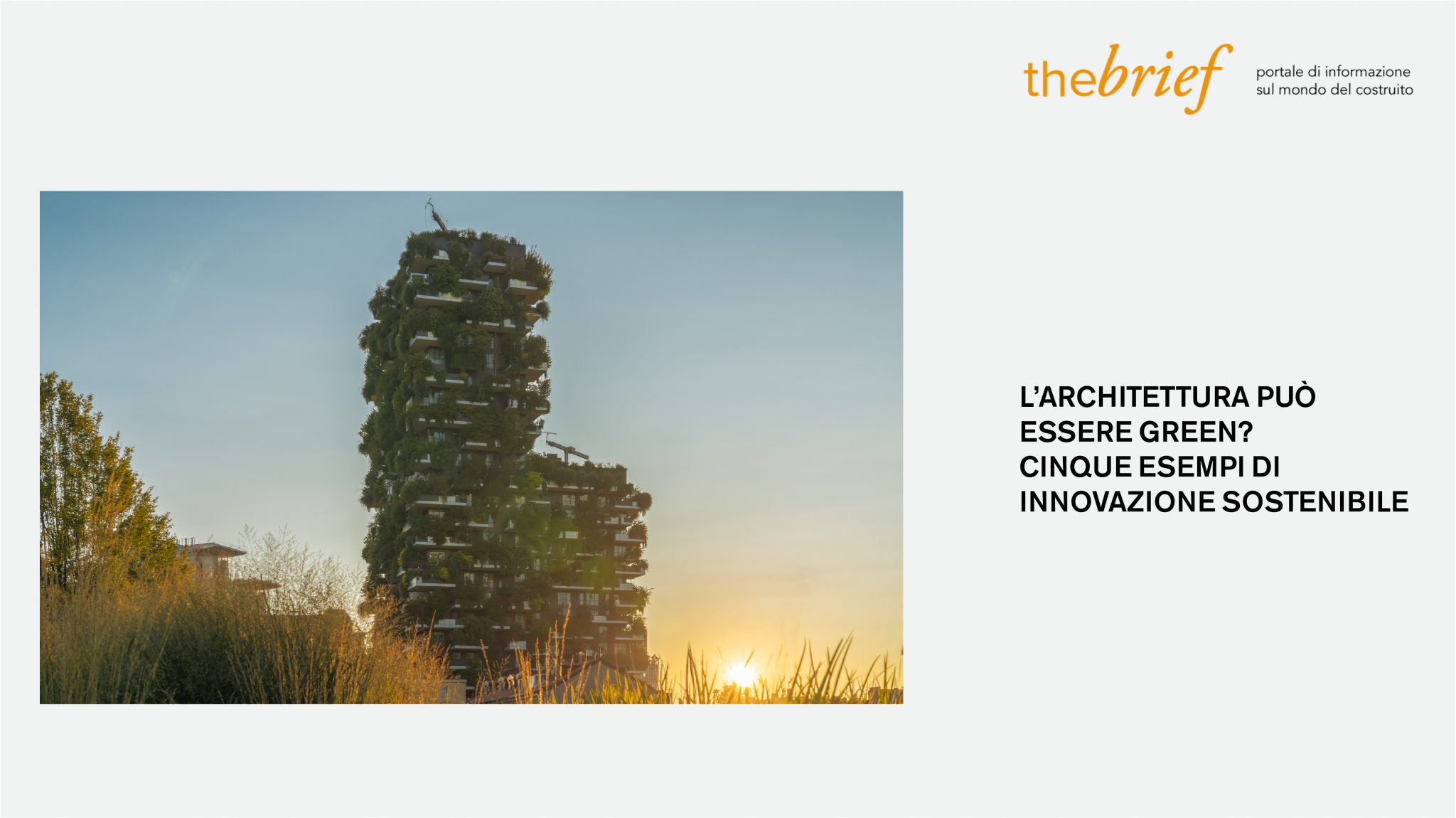
The Brief, online newspaper focusing on issues related to the design and regeneration of cities, explains that in recent years, in Italy and abroad, green architecture is progressively redesigning the urban fabric by defining a new way of conceiving building, as in the case of Porta Nuova in Milan, where the Vertical Forest, a prototype of a new biodiversity architecture, was built.
From its emergence in the 1970s to the present, green architecture has increasingly gained ground, reaching the point of totally reformulating the canons of traditional design. Playing a key role in this rise was Europe, which from the very beginning was committed to promoting green architecture, recognizing its advantages in both environmental and social terms: in fact, structures covered with vertical gardens, made from recycled materials or materials of natural origin, which use technology to improve comfort and enjoyment by inhabitants, all while integrating into the surrounding environment, have already appeared.
The Vertical Forest is formed by two towers 80 m and 112 m high, collectively housing 800 trees (480 first and second size trees, 300 smaller sized ones, 15,000 perennials and/or ground cover plants, and 5,000 shrubs). A vegetation equivalent to 30,000 square meters of forest and underbrush, concentrated on 3,000 square meters of urban area. The project is thereby also a device to limit city sprawl induced by the pursuit of greenery. In contrast to “mineral” facades made of glass or stone, the vegetal screen of the Forest does not reflect or amplify the sun’s rays, but filters them, generating a welcoming indoor microclimate without harmful effects on the environment. At the same time, the green curtain “regulates” humidity, produces oxygen, and absorbs CO2 and particulate matter.
To read the full article: https://www.thebrief.city/stories/architettura-puo-essere-green-cinque-esempi-di-innovazione-sostenibile-2024/
